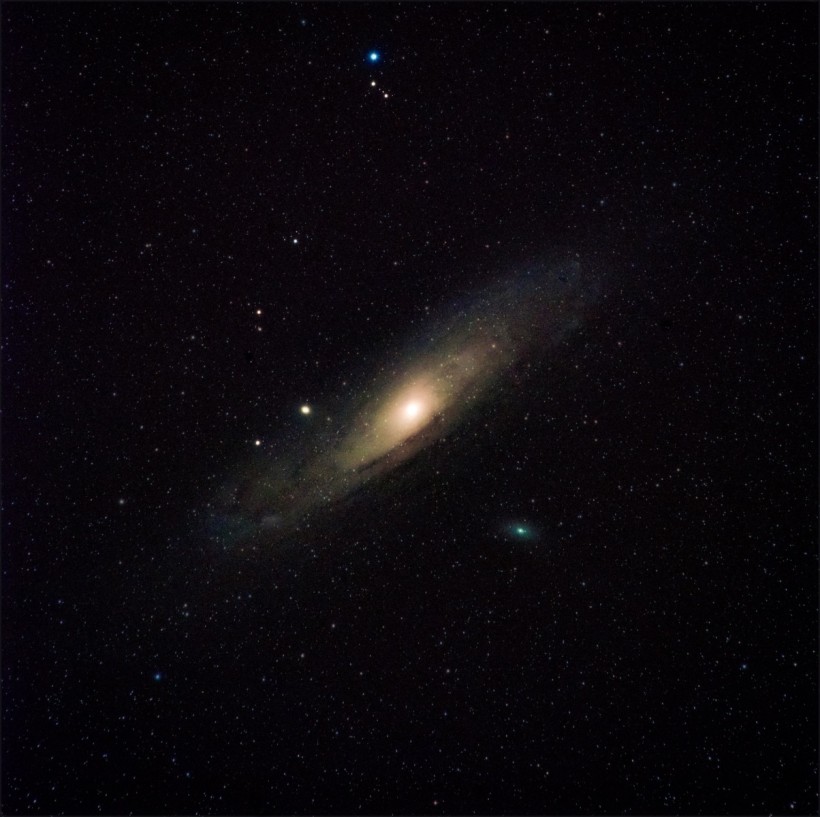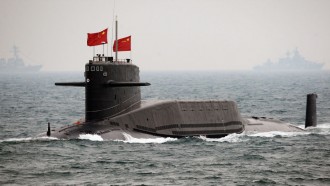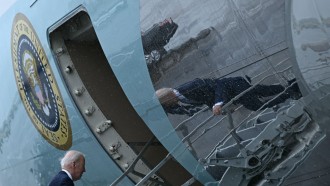NASA's Hubble Space telescope serves as a channel for humans to see what lies beyond the universe. This giant astronomical observatory is an essential tool for space discovery used by astronomers and scientists if they want to research a particular galactical phenomenon.
According to the international space agency, Hubble has already spotted over 40,000 bodies in the cosmos since 1990.
To take a glimpse of the best Hubble images this year, here's what you need to know about these sightings in space.
Best Images Captured by Hubble Telescope

Before 2023 arrives, check these astronomical photos taken by NASA's Hubble Space observatory for a wrap-up.
Wild's Triplet
There was a time when Hubble Space managed to snap a photo of Arp 248 - an unusual galaxy patterned on triplets. This interstellar formation is highlighted with a tidal tail which is something that's connected by dust and stars.
When several galaxies collide with one another, the tidal force becomes disturbed. This is when a tidal tail starts to appear.
Twin Tails
If there's a triplet entity in the universe, there's also a twin celestial body. When NASA launched the DART (Double Asteroid Redirection Test) spacecraft to crash into Dimorphos, Hubble caught an interesting photo of formation brought by the planetary dust and debris.
The formation dubbed as "Dydimos-Dimorphos" system showcases twin tails that extend about 10,000 kilometers in length. This goes to show that the impact of the collision is so intense that it has changed the orbit of the moonlet from the asteroid.
NGC 1961
The Hubble Space Telescope has also encountered a lot of spiral galaxies in the past, but there's a special galaxy that has an eye-catching pattern.
The NGC 1961 is an astronomical sighting that NASA's telescope spotted 180 light-years away from the planet. It was first discovered on December 3, 1788, by William Herschel, a German-British astronomer.
Unlike other galaxies, its middle part is so bright that it can outshine other glowing objects around it.
Related Article: NASA's Hubble Space Telescope Unravels Two Dazzling Views of a Star-Sprinkled Space
Tadpole Galaxy
The presence of a tidal tail does not end in Wild's Triplet galaxy. There's another formation called the Tadpole Galaxy, which shares a similar component.
Hubble's Advanced Camera for Surveys managed to capture it in 2022. The popular image of the galaxy shows the spiral galaxy's head and tail which resembles the amphibian
Angel Wing
The Angel Wing system, which is also known as the VV-689 system, features two or more galaxies that are merging. NASA says that the phenomenon was brought up by a collision of the bodies one another.
Chameleon Cloud Complex
The starry region located in the Milky Way's Orion Arm is another interesting image that the Hubble caught on cam.
The so-called Chameleon Cloud Complex is a unique formation of stars located 65 light-years away from the Earth.
In the picture that NASA released, the dust clouds reflected the light coming from the light-blue stars. According to astronomers, the nebula-like patches are called Herbig-Haro objects.
The orange-colored part of the formation consists of "newborn stars."
Read Also: NASA's Distant Aircrafts After More Than 50 Years: Pioneer 10, Voyager 1, More









